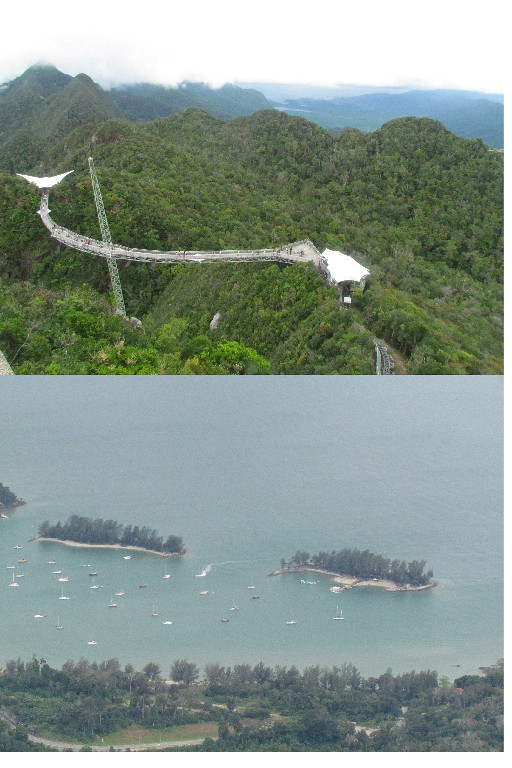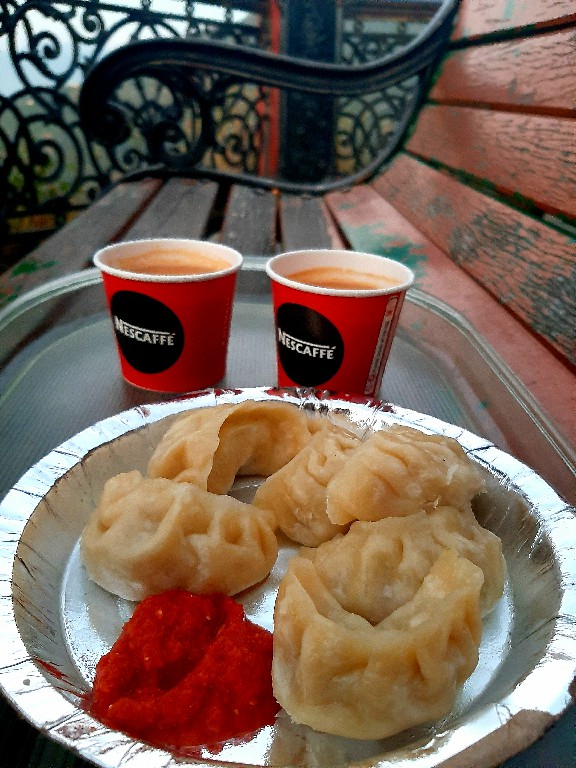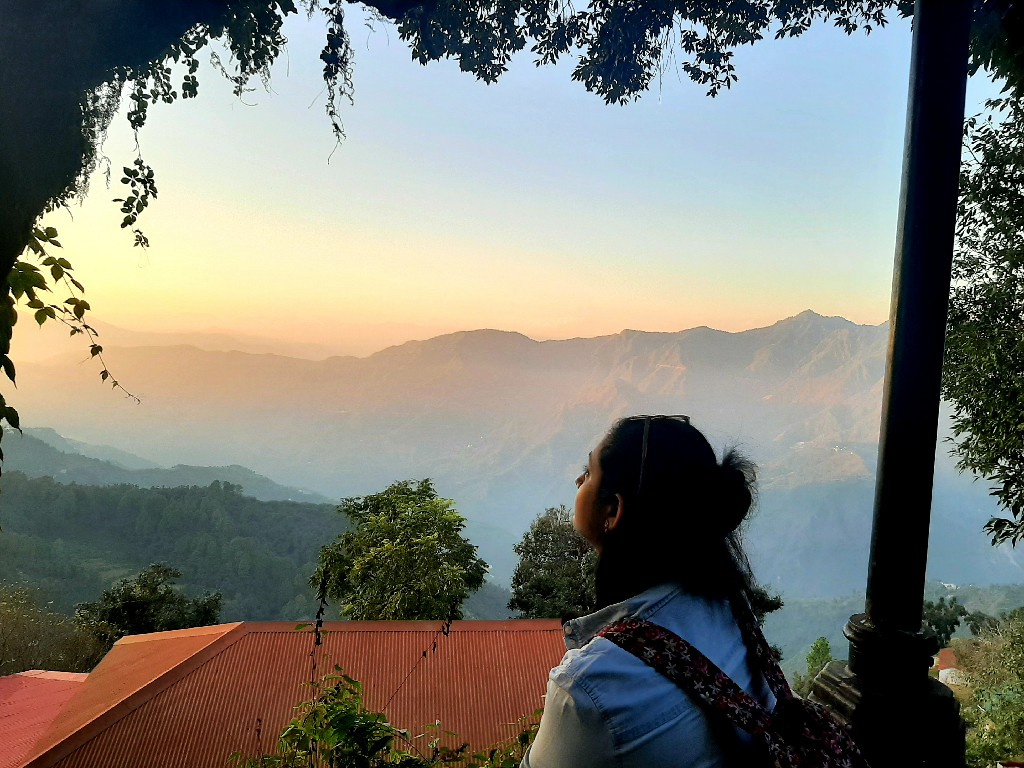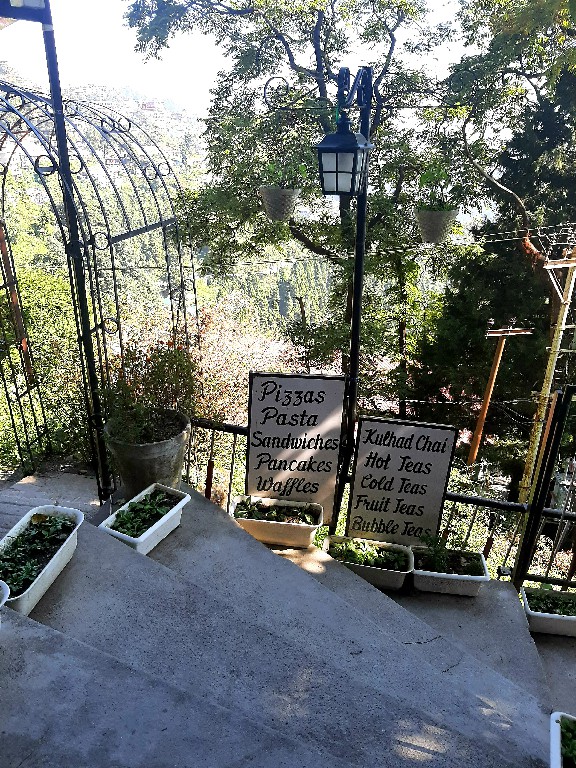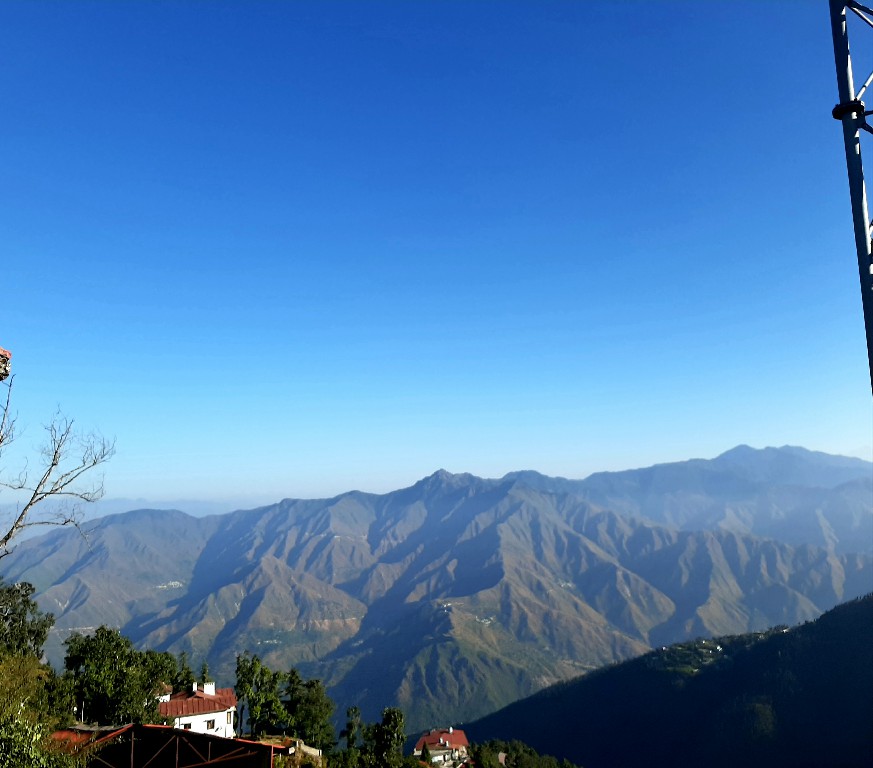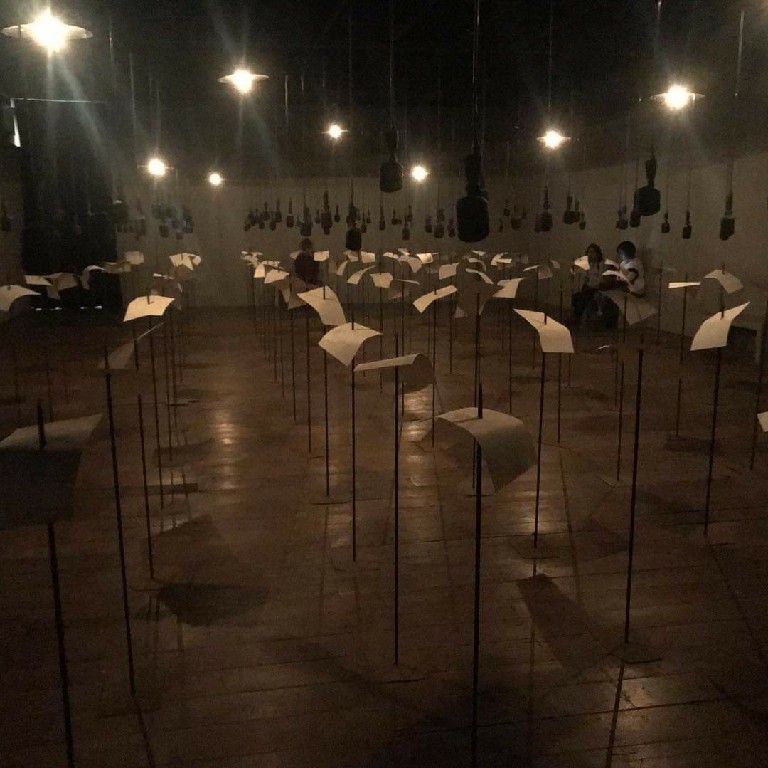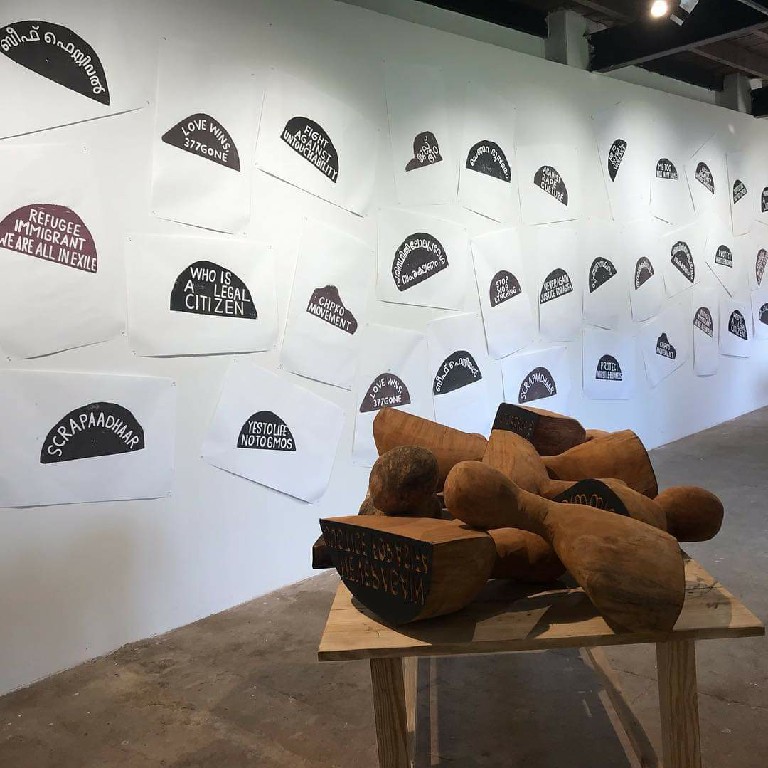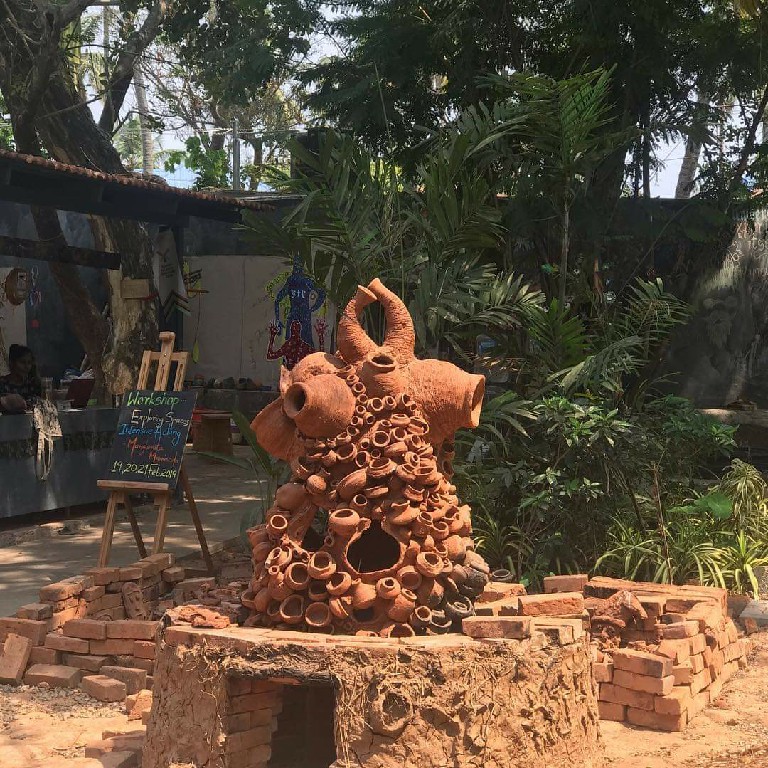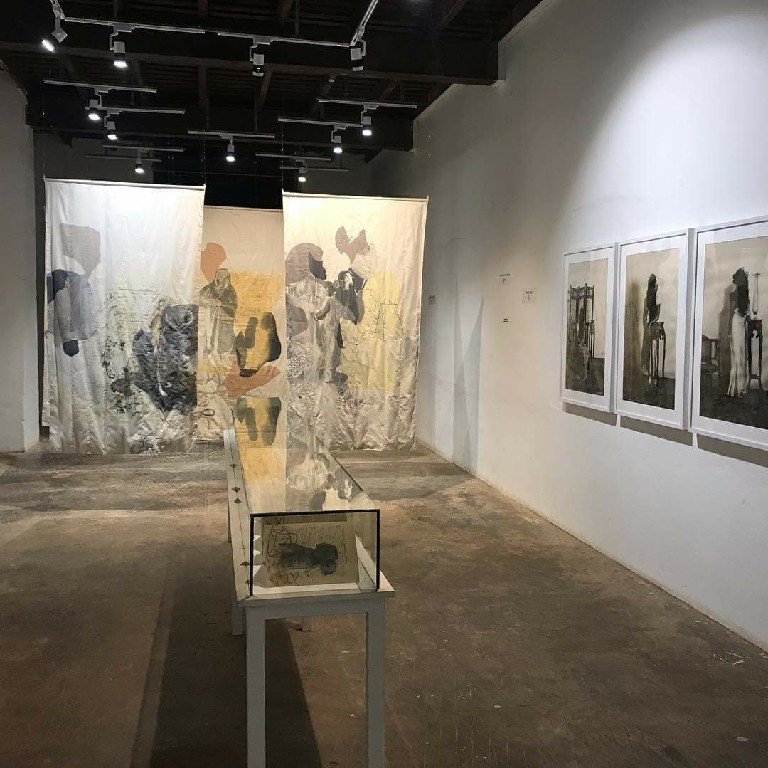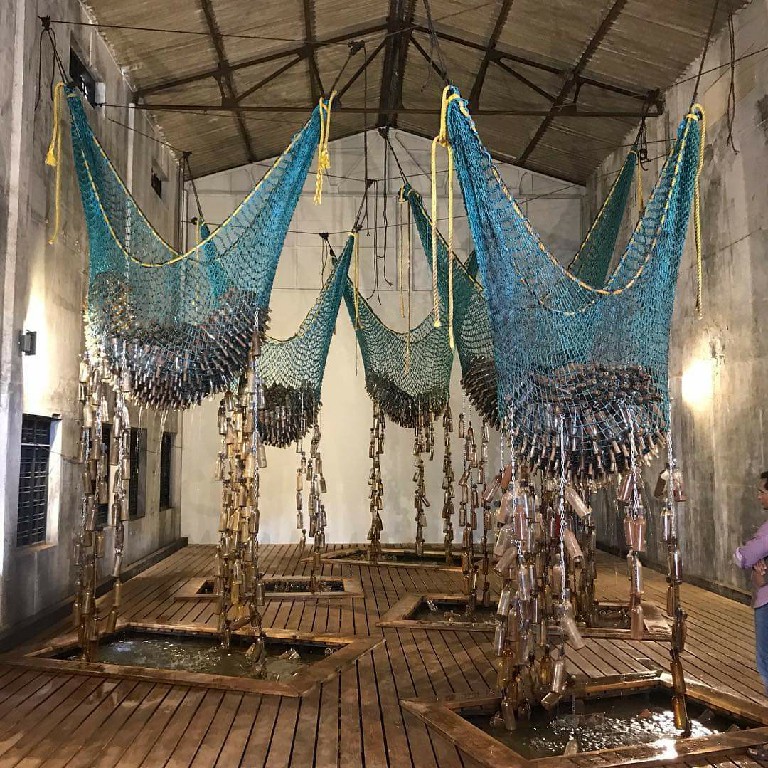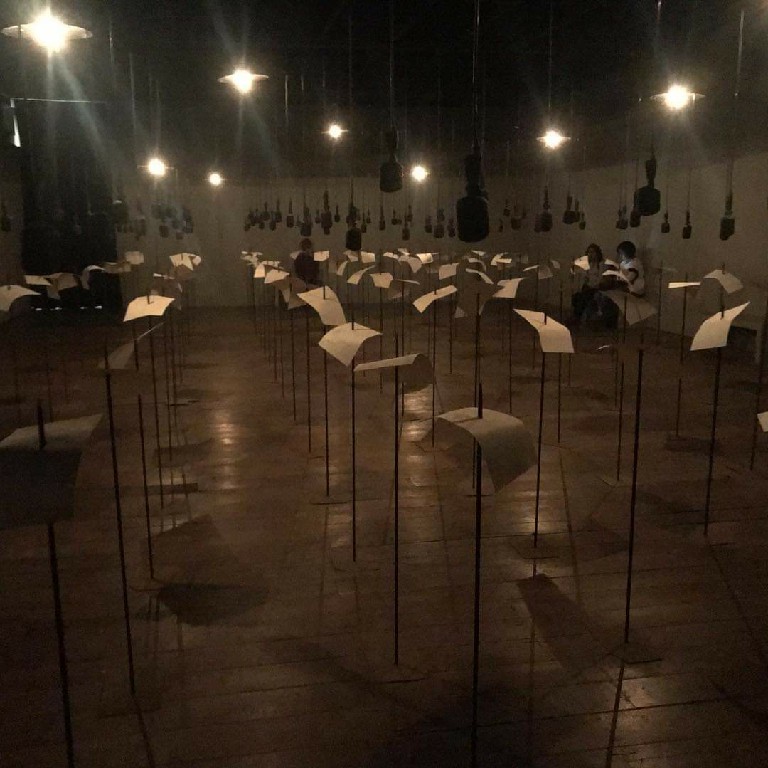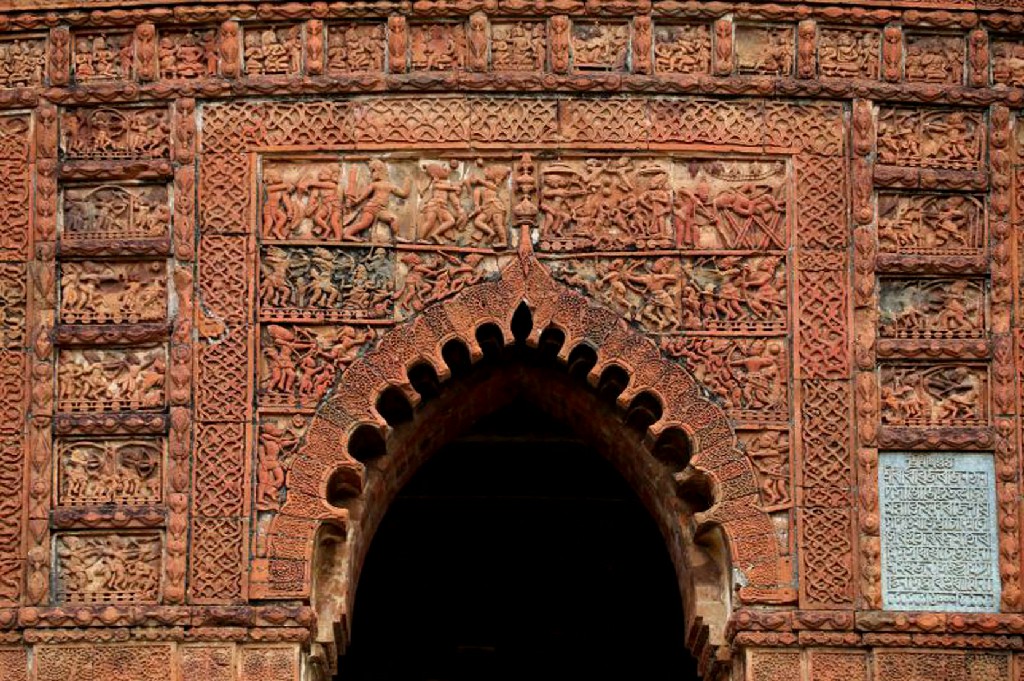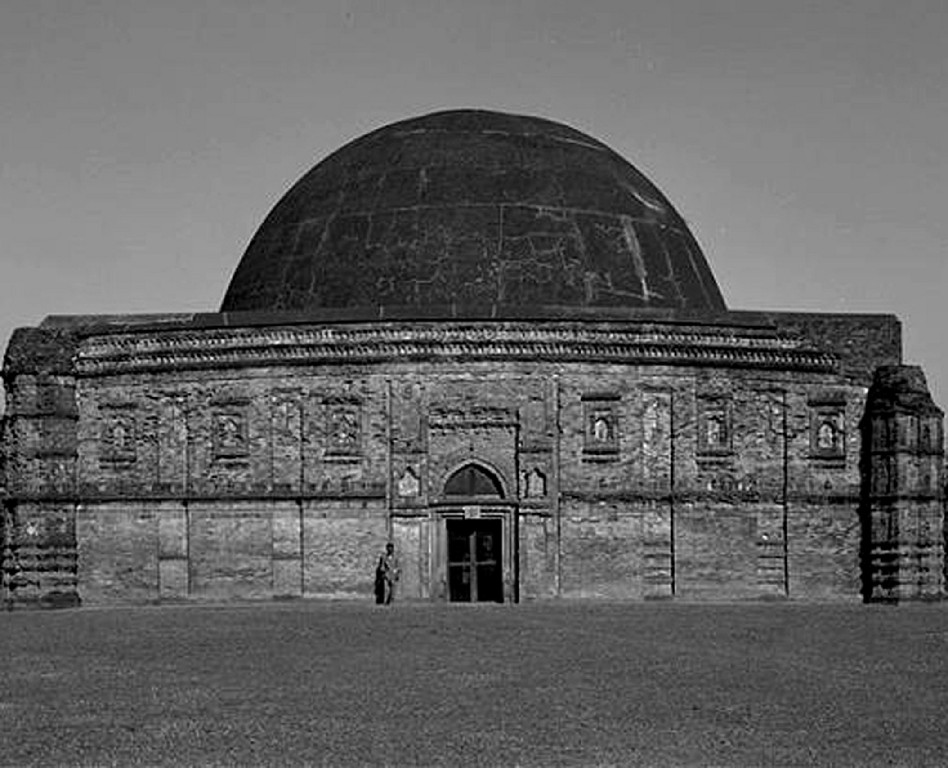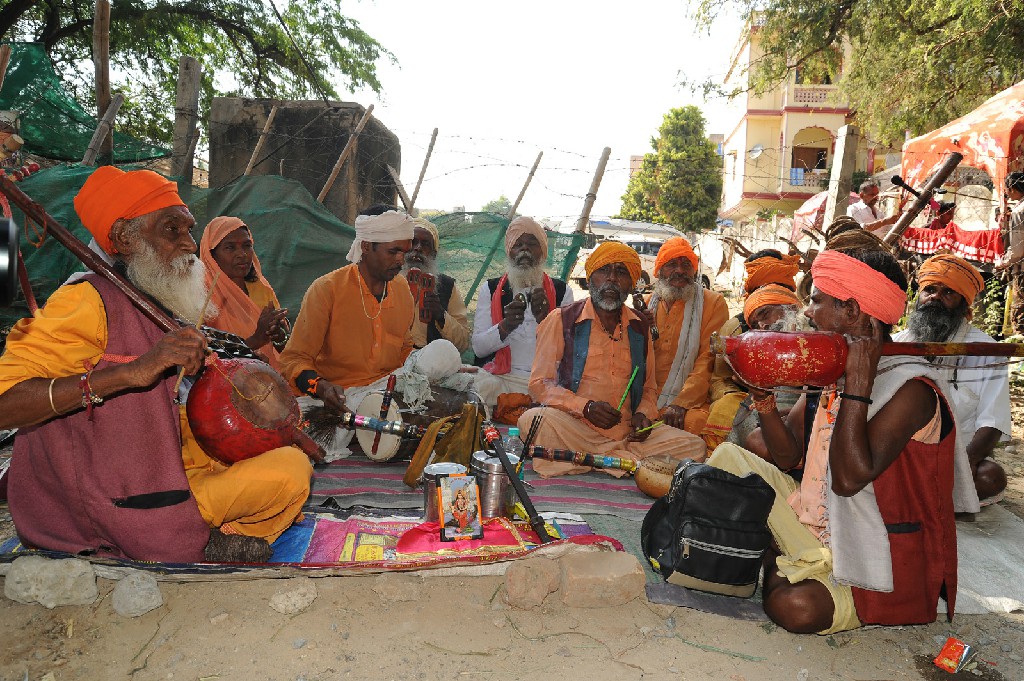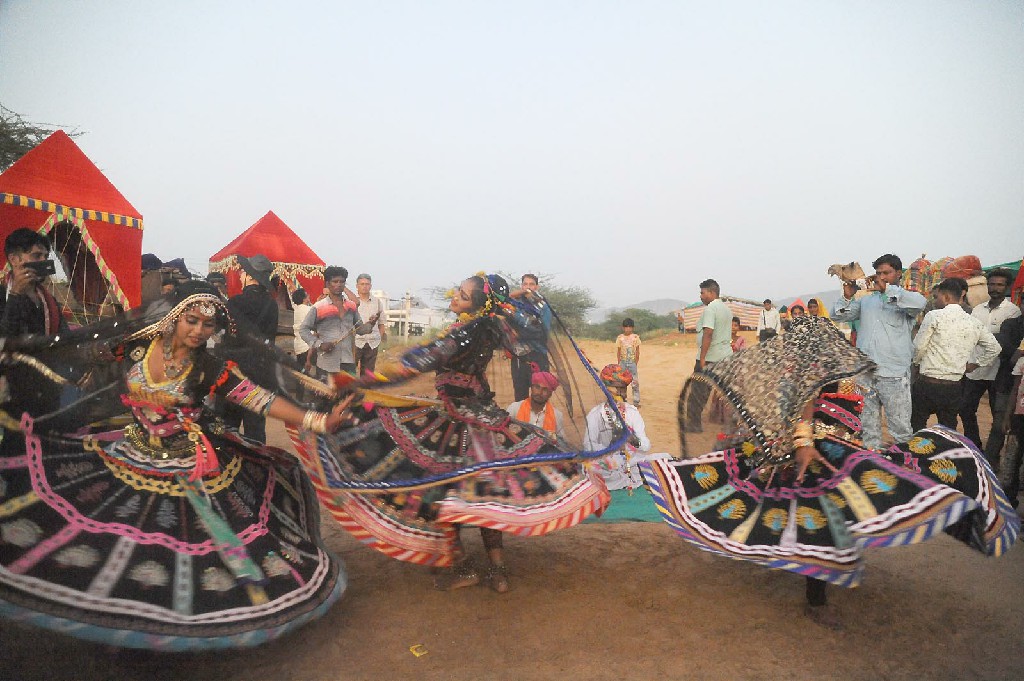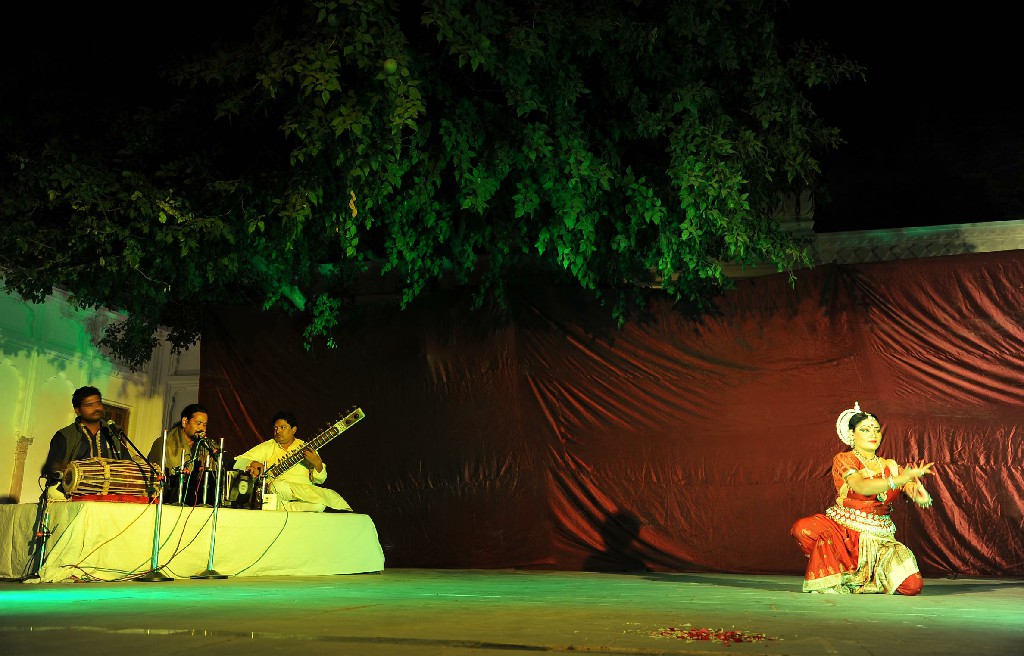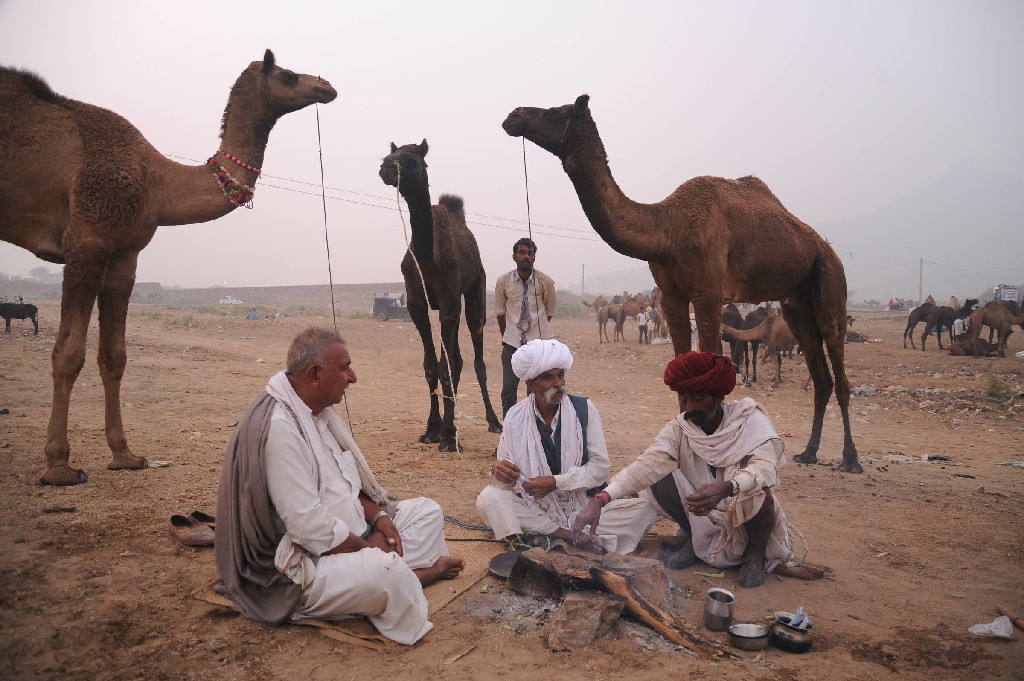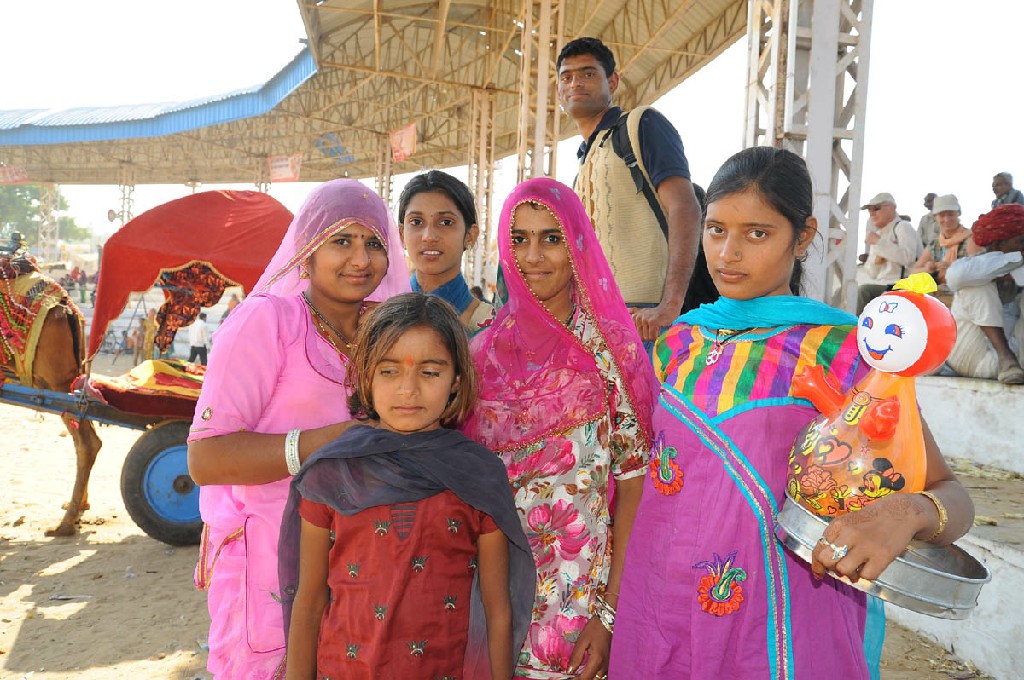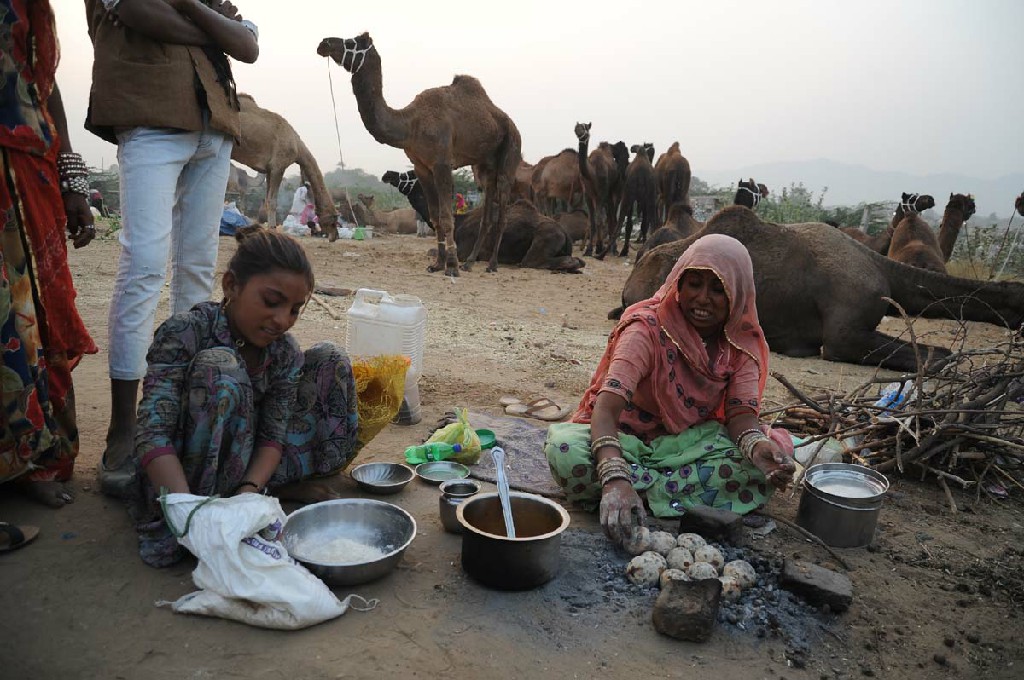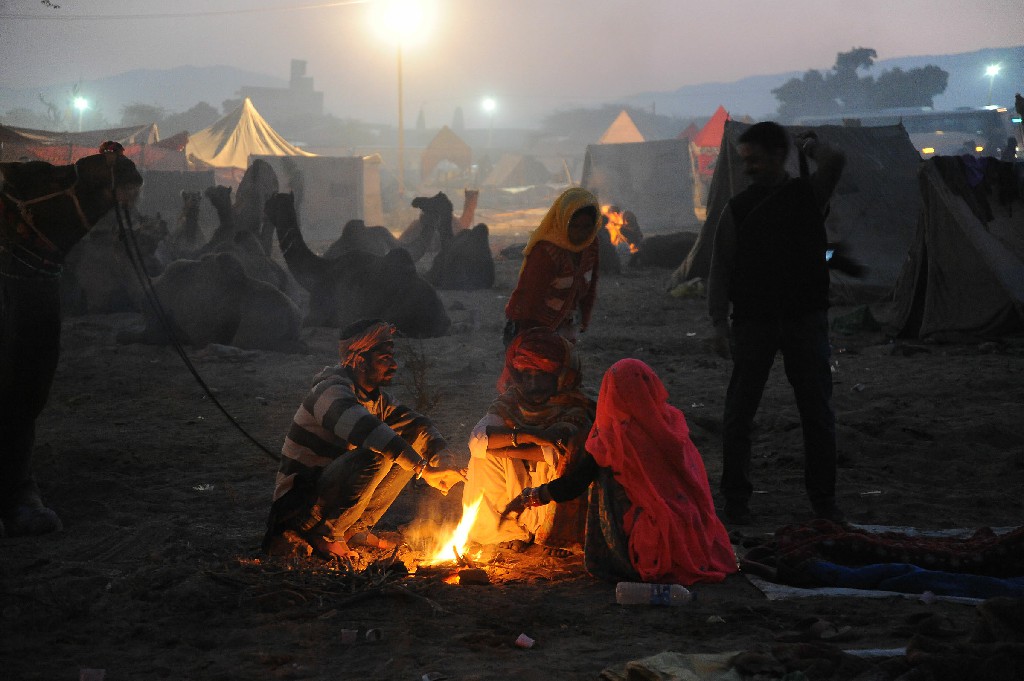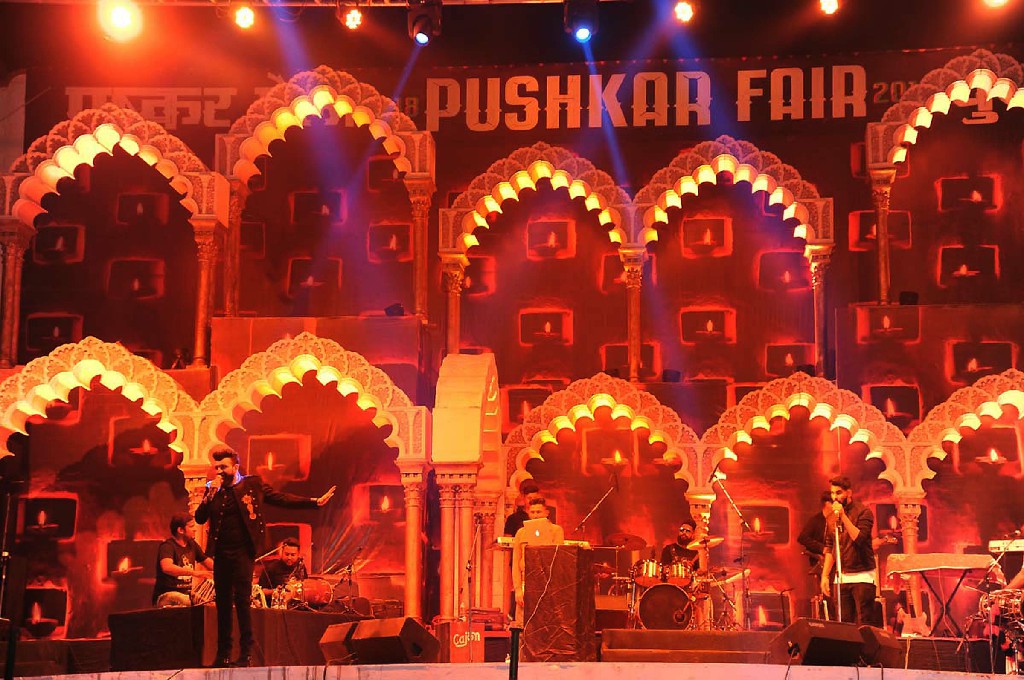Syeda Beenish
Things to remember:
❏ A duty-free island
❏ Can be reached by sea and air Delhi – KL – Langkawi
❏ Offers Beaches, Geo forest Parks, Rope cable, Underwater Wildlife, Museums, Bird Park, traffic-less roads.
❏ Always carry a water bottle as it’s humid and you will feel dehydrated often.
❏ No public transportation, only vehicle renting.
Is vacation with friends or family on the mind, Malaysia has all the flavors in store for you. Though pandemic has slowed down our spirits, but very soon we will be out of this situation, and would be ready to pack bags and hit the road. Just to share, it is truly one of the favorite destinations for Asians along with Singapore, Indonesia, and Australia amongst others on the list. Malaysia always means Petronas Towers and Genting and Cameroon Highlands. Let me share one of my trips to Malaysia where I explored one of its virgin islands Langkawi, also known as, the Jewel of Kedah.
I visited it around Christmas, and along with Langkawi, Kuala Lumpur was also a part of my itinerary. We used Malindo Airlines for our travel and also it was the cheapest. The staff at the airport was outstanding and helpful, and since I was traveling alone along with my 2-year-old daughter, one of the airport staff guided me to the metro bay and helped in boarding the metro to transfer from one terminal to another.
Due to time constraints, we missed visiting some pretty Malaysian fountains, scenic bridges of the area. Some private tour operators also helped arrange water sports like Snorkeling and a romantic dinner at the yacht. Though we could not taste it all, whatever we did was nothing less.
Day 1
The driver who took us from the airport to the hotel. He suggested us to start our day with a boat ride in mangroves, which was considered the best activity to do in the morning.
The Kilim Karst Geoforest Park
Langkawi has three Geoparks, namely Machincang Cambrian Geoforest, Kilim Karst Geoforest, and Dayang Bunting Marble Geoforest. We visited, The Kilim Karst Geoforest Park. At the entrance, they usually click your family or group photograph which one can buy later at the time of leaving. We also did the same. This area is rich in wildlife with hairy nosed sea otters, and brown winged kingfishers. Our boat slowed for a minute as we were shown the King Kong Hill. My daughter loved the macaque monkeys playing on the sides while our steamer passed them. There was also a point where the Eagles were flying very low. We were asked to throw the food at them. Worth mentioning is the bat cave within the Geoforest Park. We even cited a snake outside the caves. The boat also stopped at a fishermen’s area where they had large fish compartments for us to feed and touch the fishes. People usually stop here to enjoy seafood that has a local Malay tast

This boat tour lasted for around 3 hours, we bought our family picture at the exit and started heading towards the Oriental Village.
The Cable car and Langkawi Sky Bridge
The start off for the next big attraction – the cable car ride was located in the Oriental Village that was full of local restaurants and shopping arcades, including a 3-Dimensional art museum known as Art in Paradise. Almost at the end of the village were the ticket counters. The Langkawi Cable Car took the visitors up to the peak of Gunung Mat Chinchang, where the Langkawi Sky Bridge is located. The bridge stretched for an impressive 125 meters and was basically a long-pedestrianized bridge that offered amazing views of the surrounding countryside. At the end of the Cable car (last stop), was a coffee shop along with a small platform where people put locks to make a wish.
Langkawi Wildlife Park
Your trip to Langkawi is incomplete if you do not visit this wildlife park. Perfect for birds, and animal lovers, as it houses some 150 species of colorful birds, and feeding sessions are held throughout the day. This five-acre animal sanctuary also features a walk-in aviary with a 15-meter manmade waterfall and a duty-free retail outlet. Within the complex were several retail outlets, including a duty-free zone, a souvenir kiosk, and a crystal store. For the first time in my life, I saw a Peacock dance showing off its beautiful feathers wide open.
Day 2
The Langkawi Underwater World
The day began with Malaysia’s largest aquarium, spread across nearly six acres. Housing 1000 plus different species of marine and freshwater fish. The complex is divided into three sections: Tropical Rainforest, Temperate, and Sub-Antarctic. There were regular shows of Penguin feeding and a performance rich American fur seal show. Lastly, there was a giant walk-through, which was a six million liter underwater tunnel tank that housed an extensive number of fish including sharks, giant stingrays, and green turtles.
Eagle Square
Next in our itinerary was one of the most iconic spots of Langkawi, Eagle Square. As the name suggests, It was a huge statue of an eagle about to take flight. Also called Dataran Lang in Malay. The eagle stands at a height of 12 meters approx. The square is located in Kuah which is the main town of the island. Along with some souvenir shops, you will find very neat and hygienic home-made food being sold in packets by the families stacked in their cars.
At our driver’s suggestion, we went to watch Sunset at Chenang Beach (Pantai Cenang). Known both for sunrise and sunset, we were lucky to enjoy the sunset. I wish I could pause the time and breathe in the moment and the cool breeze for longer.
We had bought many mementos like Eagle from Eagle Square, magnets and keyrings from Oriental Village, and Langkawi wildlife park for my family members and close friends. To keep the memories fresh forever, we tried to capture the island in our cameras. Four days passed at the wink of an eye. Wish I could stay more as there was so much more to feel and taste. But KL was calling me and I now wanted to taste the hustle-bustle of a cosmopolitan Christmas celebration. Today, when my travel deprived daughter (thanks to Covid19) on seeing the pics says, “Mumma ye animals dekhna hai!” I reply, “Yes” hoping this Pandemic disappears and traveling begins soon.
 Mesmerising Peacock dance at the Wildlife Park
Mesmerising Peacock dance at the Wildlife Park
 Kids enjoying site of various colorful fishes.
Kids enjoying site of various colorful fishes.
 For Pingu Cartoon lovers, seeing Penguins in real was worth the visit.
For Pingu Cartoon lovers, seeing Penguins in real was worth the visit.




